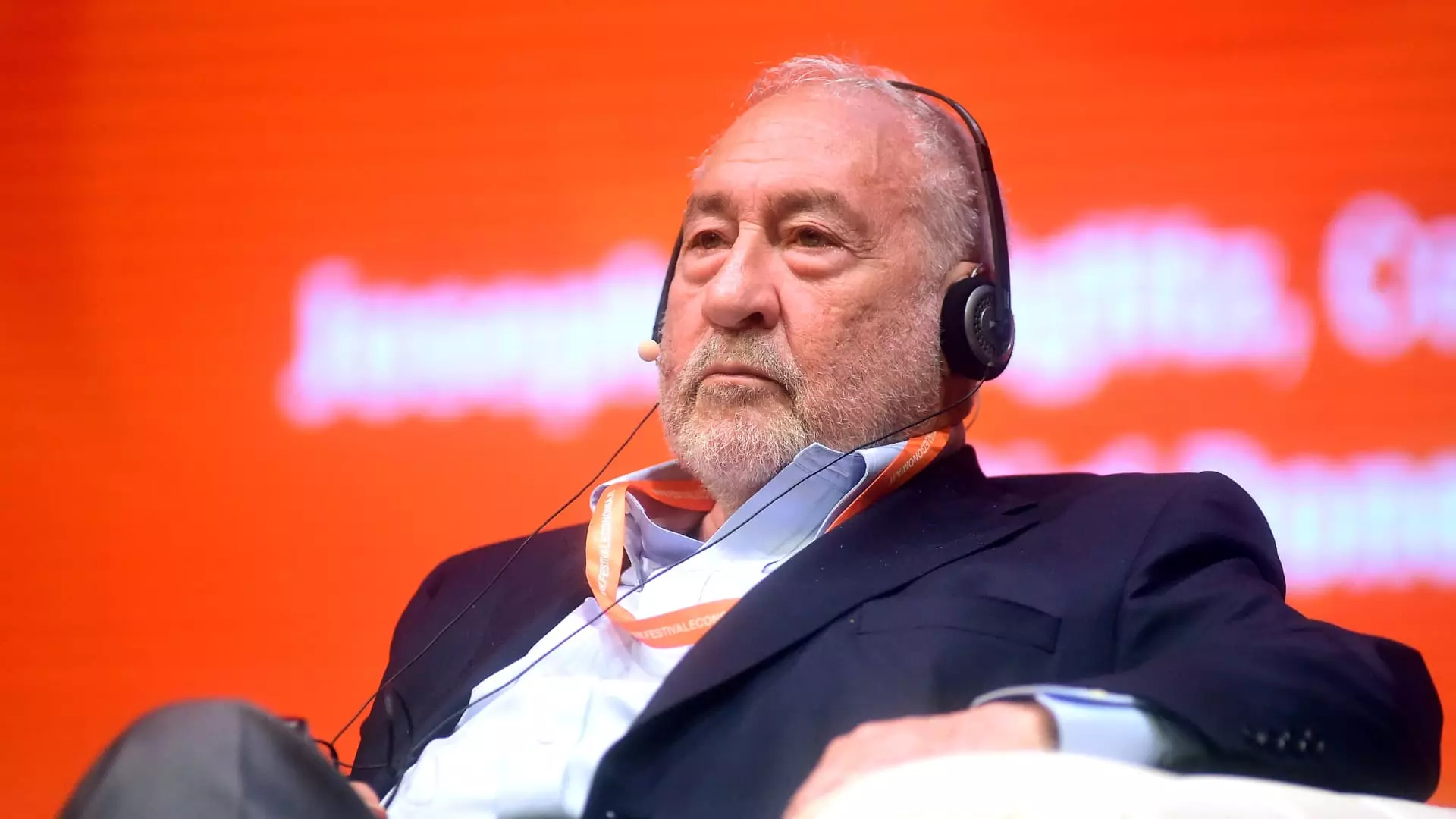The current economic situation in the United States has prompted Nobel Prize-winning economist Joseph Stiglitz to call for a half-point interest rate cut by the Federal Reserve. Stiglitz believes that the Fed has been too aggressive in tightening monetary policy, exacerbating inflation issues. With the impending release of the U.S. jobs data, investors are anxiously awaiting clues about the size of the expected rate cut later this month.
Joseph Stiglitz’s stance on the need for a larger interest rate cut contrasts with the predictions of other strategists, who anticipate a 25-basis-point reduction. Stiglitz, known for his critical analysis of market trends, argues that the Fed’s approach to normalized interest rates since 2008 has been misguided. He points out that the prolonged period of low benchmark borrowing rates has not effectively addressed inflation concerns, particularly regarding the housing market.
Stiglitz emphasizes the adverse effects of high interest rates on the housing shortage issue, which contributes significantly to inflation. By making it harder for real estate developers and homeowners to engage in transactions, the Fed’s policies have unintentionally worsened the housing crisis. Stiglitz’s critique highlights the need for a more nuanced approach to monetary policy, one that considers the root causes of inflation and economic imbalances.
If Joseph Stiglitz were a member of the Federal Reserve, he would advocate for a more substantial rate cut at the upcoming meeting. He argues that a half-point reduction would address both inflation concerns and job market dynamics. Stiglitz’s proposal challenges the traditional views on interest rate adjustments, signaling a shift towards more aggressive policy measures in response to the evolving economic landscape.
Market Expectations and Reactions
While Stiglitz’s recommendations align with the expectations of some market participants, not everyone agrees on the necessity of a big interest rate cut. George Lagarias, chief economist at Forvis Mazars, expresses caution about the potential consequences of a 50-basis-point reduction. Lagarias believes that a more conservative approach with a quarter-point cut would be sufficient to address current economic challenges without sending alarm signals to the market.
Joseph Stiglitz’s call for a half-point interest rate cut from the Federal Reserve sheds light on the complexities of monetary policy in a changing economic landscape. Stiglitz’s critical analysis challenges conventional wisdom and urges policymakers to consider alternative approaches to addressing inflation and employment issues. Whether the Fed will heed Stiglitz’s advice remains to be seen, but his perspective adds depth to the ongoing debate about the future direction of U.S. monetary policy.

Leave a Reply